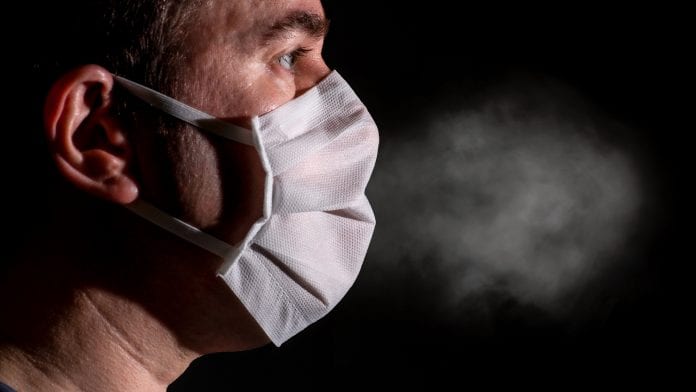
Researchers have said that more attention needs to be given to indoor air in facilities such as hospitals and nursing homes in order to reduce the spread of COVID-19 through airborne transmission.
Researchers from the Leibniz Institute for Tropospheric Research (TROPOS) in Leipzig, the CSIR National Physical Laboratory in New Delhi, the Institute of Atmospheric Science and Climate (ISAC) in Rome and 2B Technologies, have said it is particularly important to develop an appropriate strategy to protect healthcare workers from airborne transmission.
Published in the International Journal of Environmental Research and Public Health the aerosol experts put forward recommendations to reduce airborne spread of the virus, such as staff training, regular ventilation, controlling fresh air consumption via CO2 monitors, and using humidifiers to keep the relative humidity indoors at 40 to 60% – or, alternatively, using portable air purifiers.
Airborne transmission of COVID-19
The article highlights that the risk of infection is particularly high in hospitals and nursing homes, as infected and healthy people stay in the same room for long periods of time.
According to experts, the rise in cases in Europe over the Autumn was down to aerosol spread, as more people have been spending time indoors. Recent evidence has shown that SARS-CoV-2 has been detected on the dust filters of the air conditioning systems.
Professor Alfred Wiedensohler from TROPOS, said: “The complexity of the aerosol transmission of SARS-CoV-2, especially indoors, is far from being solved and there is a need to establish appropriate guidelines to protect medical staff. With this publication, we are therefore trying to give recommendations for measures that could contribute to the containment of not only current but also future virus pandemics.”
The authors highlight that there is no single measure that can stop the airborne spread of the virus completely, however, they say it is important to control indoor air and combine different measures to achieve reduced spread.
Dr Ajit Ahlawat of TROPOS said: “As protection against the transmission of SARS-CoV-2 via the air in closed rooms, especially in cold and dry weather, we recommend humidifiers to keep the relative humidity in the room in the range of 40 to 60% and to reduce the risk of respiratory tract infection. It is in this middle range that the human mucous membranes are most resistant to infections. In addition, the viruses in the aerosol particles can survive at a relative humidity around 50% for less time than in drier or high humid air.”
Other recommendations include keeping a constant supply of fresh air in the room, using air purifiers if ventilation is not possible, and special protection for medical and healthcare staff during procedures and operations, such as valve-free particle filter masks.
“Avoid the use of FFP2 and FFP3 type respirators, which have an exhalation valve or ventilation, as these types of respirators are not sufficient. To reduce the risk, protective equipment such as goggles should also be worn,” advises Dr Francesca Costabile of ISAC.
Measures to avoid
Spraying oxidising chemicals in the air, such as hydrogen peroxide (H2O2), can have negative consequences, as, when sprayed indoors, they cause toxic chemical reactions that create other air pollutants and damage the central nervous system and lungs of humans.
Dr Sumit Kumar Mishra of CSIR – National Physical Laboratory stressed that: “We recommend that disinfection with UVC light should not be used too often. Although it is known that UVC light destroys the SARS-CoV-2 viruses, it ultimately increases indoor ozone concentrations and can thus have a negative impact on health if the indoor air is not adequately replaced.”
























